Powered by solar panels, La Seine Musicale is a new icon for Paris
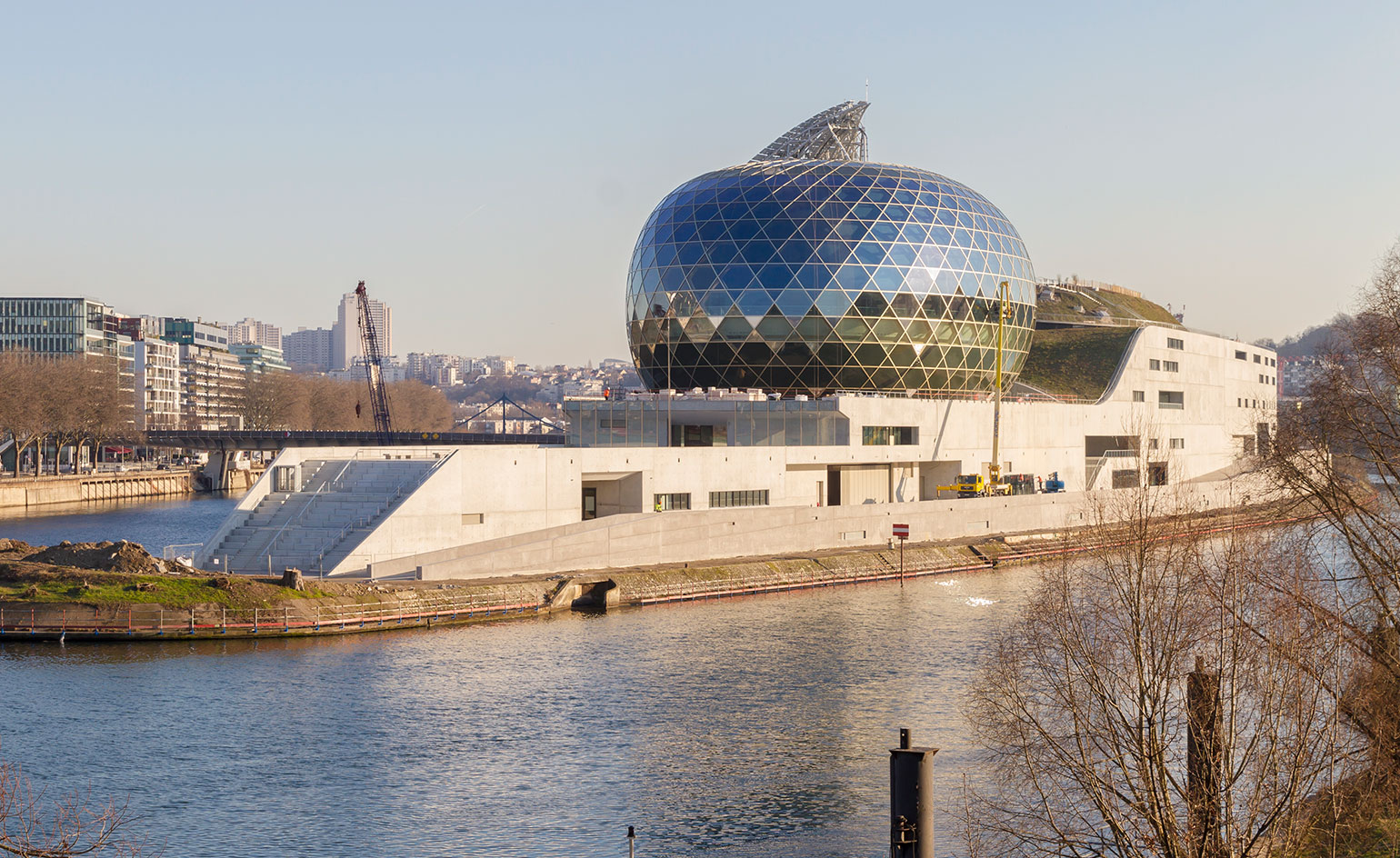
Designed by Shigeru Ban and Jean de Gastines, Paris’ new music venue La Seine Musicale has now opened to the public on Île Seguin. A new icon of the 21st century and a gateway to west Paris, the building had to be bold of course, something to rival the Eiffel Tower or the Centre Pompidou, yet it also had to meet contemporary environmental concerns and respond to how the public use and enjoy leisure space today.
The most striking feature of La Seine Musicale is the egg-shaped auditorium made of glass and a lattice of timber laminate from a woven spruce wood and accessorised with a dynamic 800 sq m sail of photovoltaic cells, which shields this core from direct sunlight. This agile and entirely solar-powered form is mounted on rails and follows the path of the sun at 15 minute intervals as it progresses, supplying the auditorium with energy.
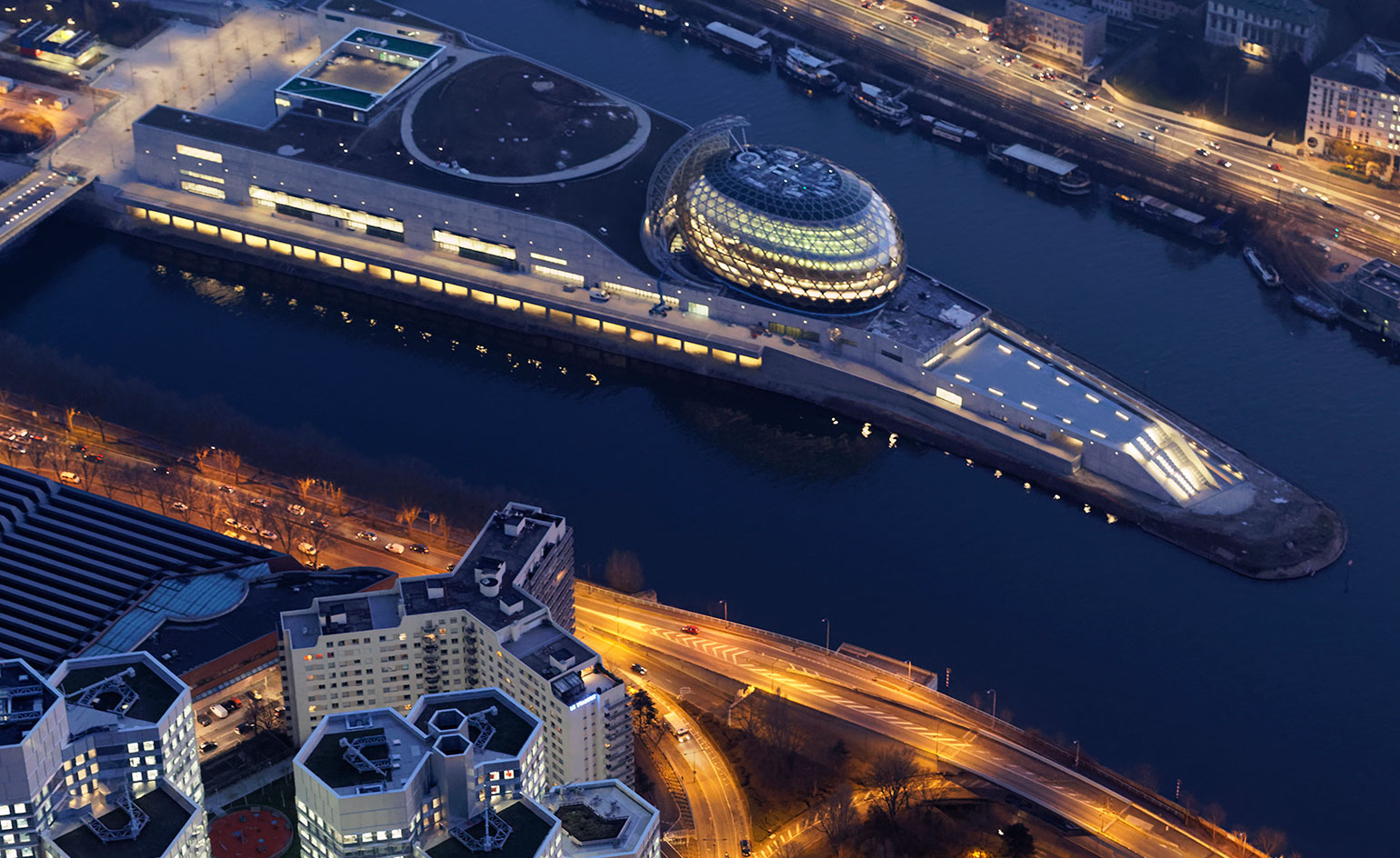
An aerial view of La Seine Musicale. The Île Seguin masterplan was designed by Jean Nouvel.
Inside the auditorium – designed for non-amplified music – there is a warm and organic atmosphere, a contrast to the technology-inspired futuristic outer-shell. Designed to bring audiences closer to musicians, a gentle terrace of seating holds a capacity of 1,150 people. Small tubular pieces of wood, cardboard, and paper tubes were assembled and applied across the ceilings to improve acoustics. As well as this iconic auditorium, La Seine Musicale includes a modular concert hall seating 4,000–6,000, nearly a hectare of roof top garden, the Riffx recording and rehearsal studios as well as space for a resident orchestra.
One of the aims of the architects was to create a public building that would express permeability between interior to exterior space, allowing people to filter naturally through the whole site. This porous quality, rooted in traditional Japanese architecture, was defined through the Grand Lobby, a covered ‘street’ that progresses through the heart of La Seine Musicale and out the other side. This was a route planned by Jean Nouvel, when he set out his masterplan for the Île Seguin in 2010 – a complex task for the long and narrow 2.35 hectare site.
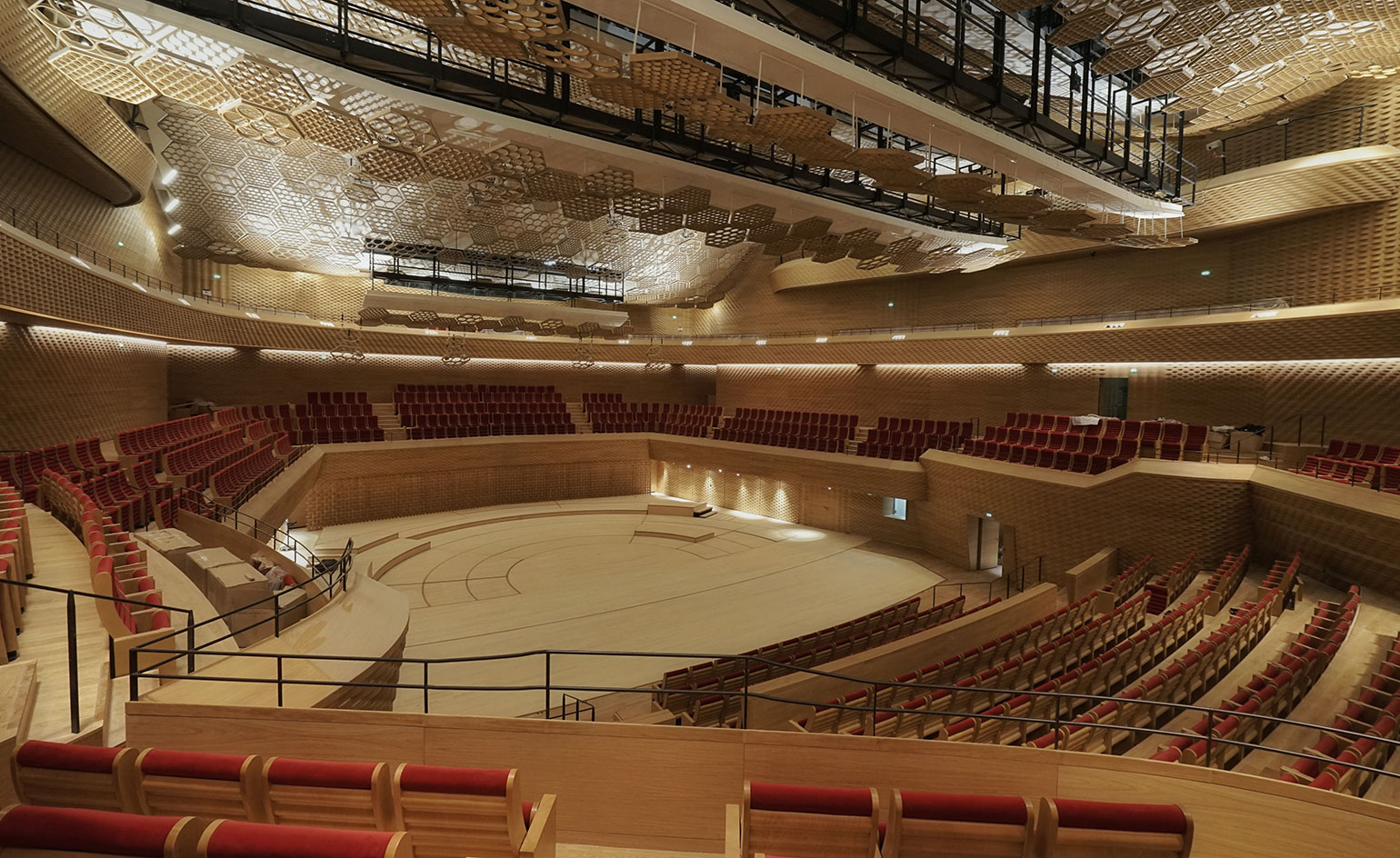
The auditorium was designed to be warm and organic, a contrast in shape and aesthetic to the exterior design of the auditorium.
Positioned on the route to Versailles, the slim slice of land has a fascinating history however, once owned by Louis XV who acquired it as a playground for his daughters and as a pit stop for weary aristocrats. Later sold to a laundry company, it then became state property after the French Revolution. After changing hands several times, Louis Renault claimed it for his first factory, opened in 1929 and demolished in 2005, leaving the island up for grabs. After a few false starts, one notably from François Pinault, the Ville de Boulogne-Billancourt initiated a plan for an island of culture that would be master planned by Nouvel.
Other sites on the island are slowly being populated by art galleries and cultural venues. Watch this space, but don’t hold your breath – next scheduled to complete in 2021 is the S17 contemporary art gallery and S18 hotel designed by Baumschlager Eberle from developer Emerige.

The architects looked to express permeability between interior to exterior space, allowing people to filter naturally through the whole site
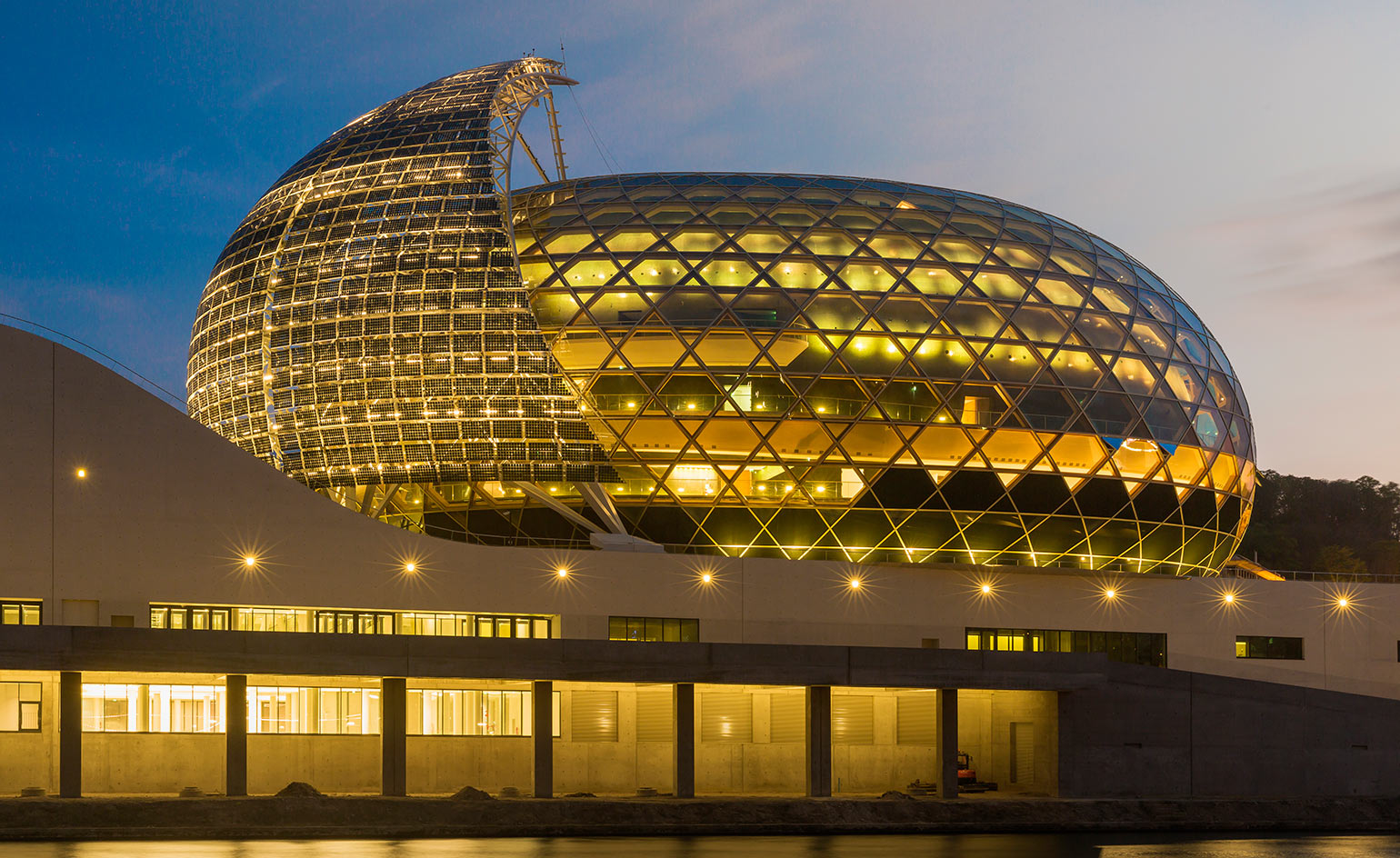
The egg-shaped auditorium made of glass and timber laminate is shielded by a dynamic sail of solar panels that follows the path of the sun
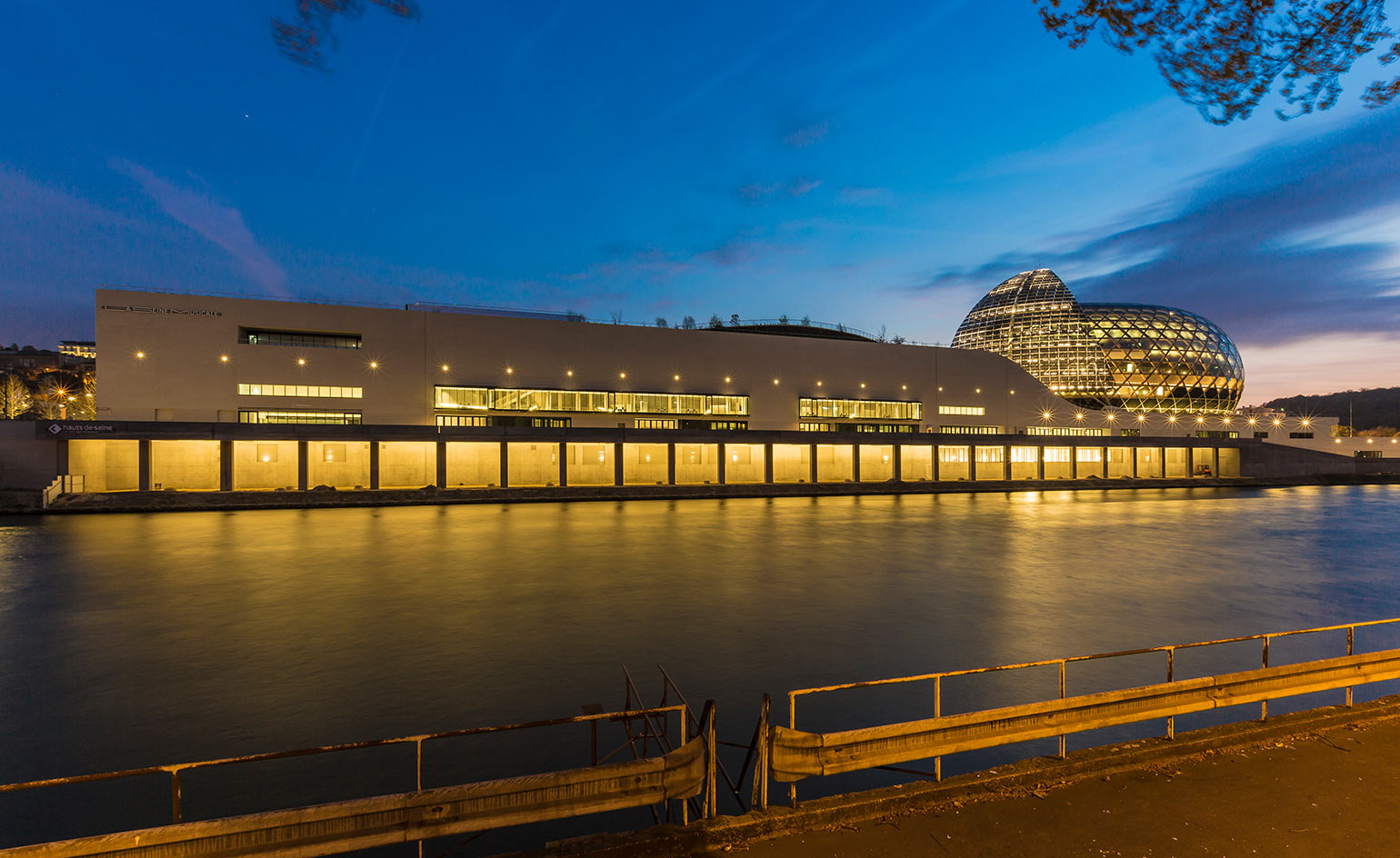
The Île Seguin is just twenty minutes by metro from the centre of Paris
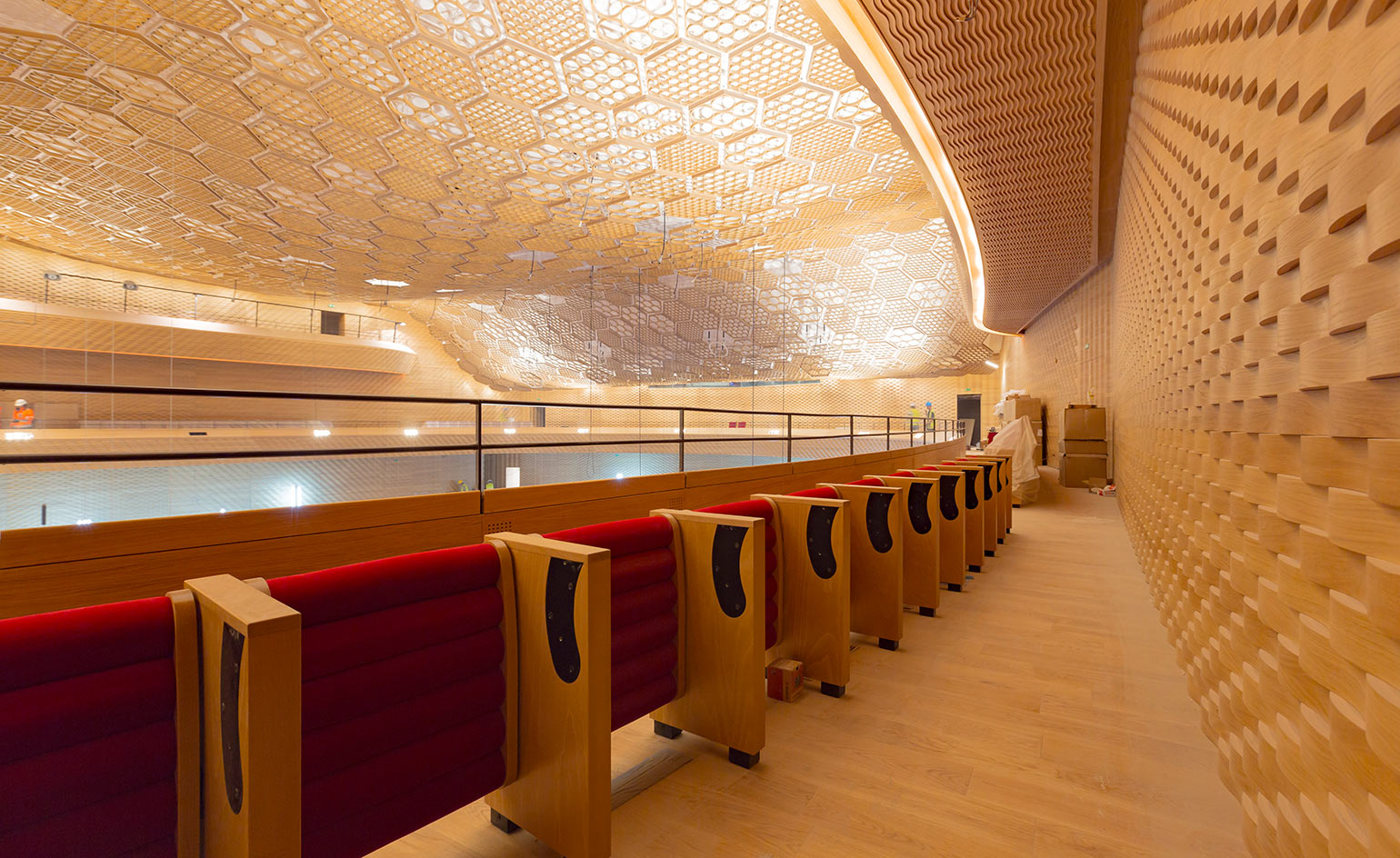
The auditiorim seats 1,150 people and is designed for non-amplified music
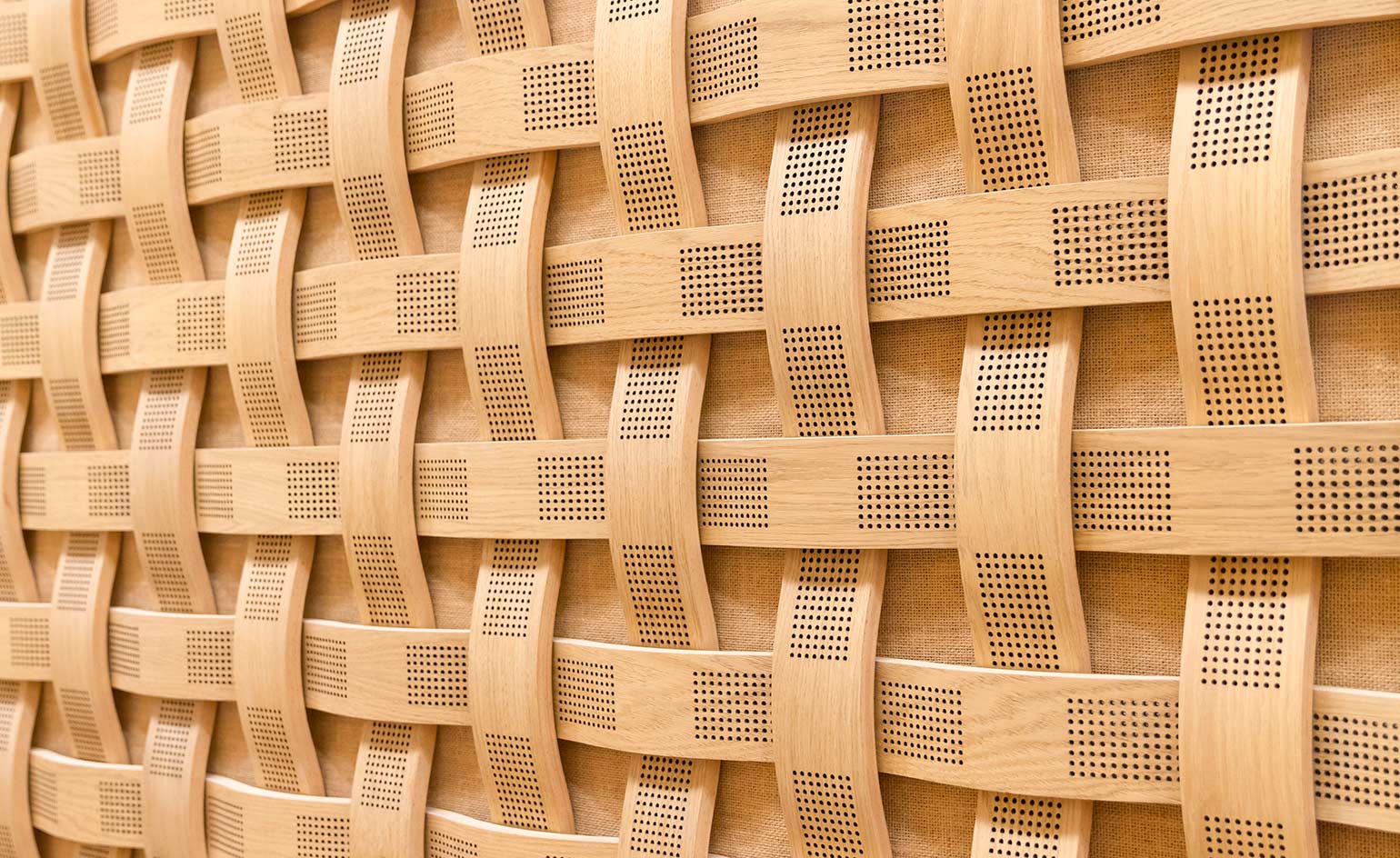
Small tubular pieces of wood, cardboard, and paper tubes improve acoustics in the interior of the auditorium
INFORMATION
For more information, visit the La Seine Musicale website
ADDRESS
La Seine Musicale
1 Cours de l'Île Seguin
92100 Boulogne-Billancourt
Wallpaper* Newsletter
Receive our daily digest of inspiration, escapism and design stories from around the world direct to your inbox.
Harriet Thorpe is a writer, journalist and editor covering architecture, design and culture, with particular interest in sustainability, 20th-century architecture and community. After studying History of Art at the School of Oriental and African Studies (SOAS) and Journalism at City University in London, she developed her interest in architecture working at Wallpaper* magazine and today contributes to Wallpaper*, The World of Interiors and Icon magazine, amongst other titles. She is author of The Sustainable City (2022, Hoxton Mini Press), a book about sustainable architecture in London, and the Modern Cambridge Map (2023, Blue Crow Media), a map of 20th-century architecture in Cambridge, the city where she grew up.
-
 Put these emerging artists on your radar
Put these emerging artists on your radarThis crop of six new talents is poised to shake up the art world. Get to know them now
By Tianna Williams
-
 Dining at Pyrá feels like a Mediterranean kiss on both cheeks
Dining at Pyrá feels like a Mediterranean kiss on both cheeksDesigned by House of Dré, this Lonsdale Road addition dishes up an enticing fusion of Greek and Spanish cooking
By Sofia de la Cruz
-
 Creased, crumpled: S/S 2025 menswear is about clothes that have ‘lived a life’
Creased, crumpled: S/S 2025 menswear is about clothes that have ‘lived a life’The S/S 2025 menswear collections see designers embrace the creased and the crumpled, conjuring a mood of laidback languor that ran through the season – captured here by photographer Steve Harnacke and stylist Nicola Neri for Wallpaper*
By Jack Moss
-
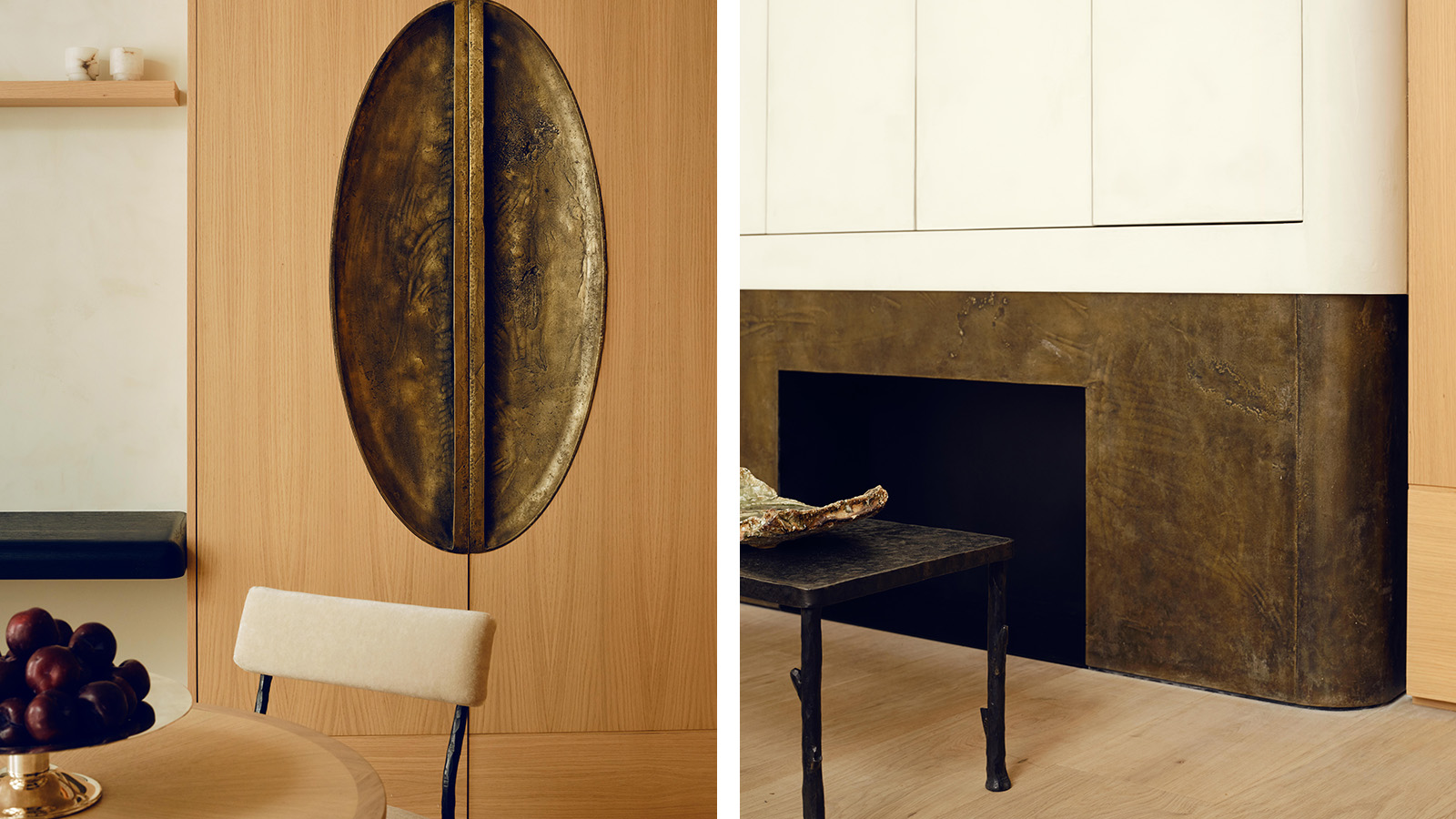 Stay in a Parisian apartment which artfully balances minimalism and warmth
Stay in a Parisian apartment which artfully balances minimalism and warmthTour this pied-a-terre in the 7th arrondissement, designed by Valeriane Lazard
By Ellie Stathaki
-
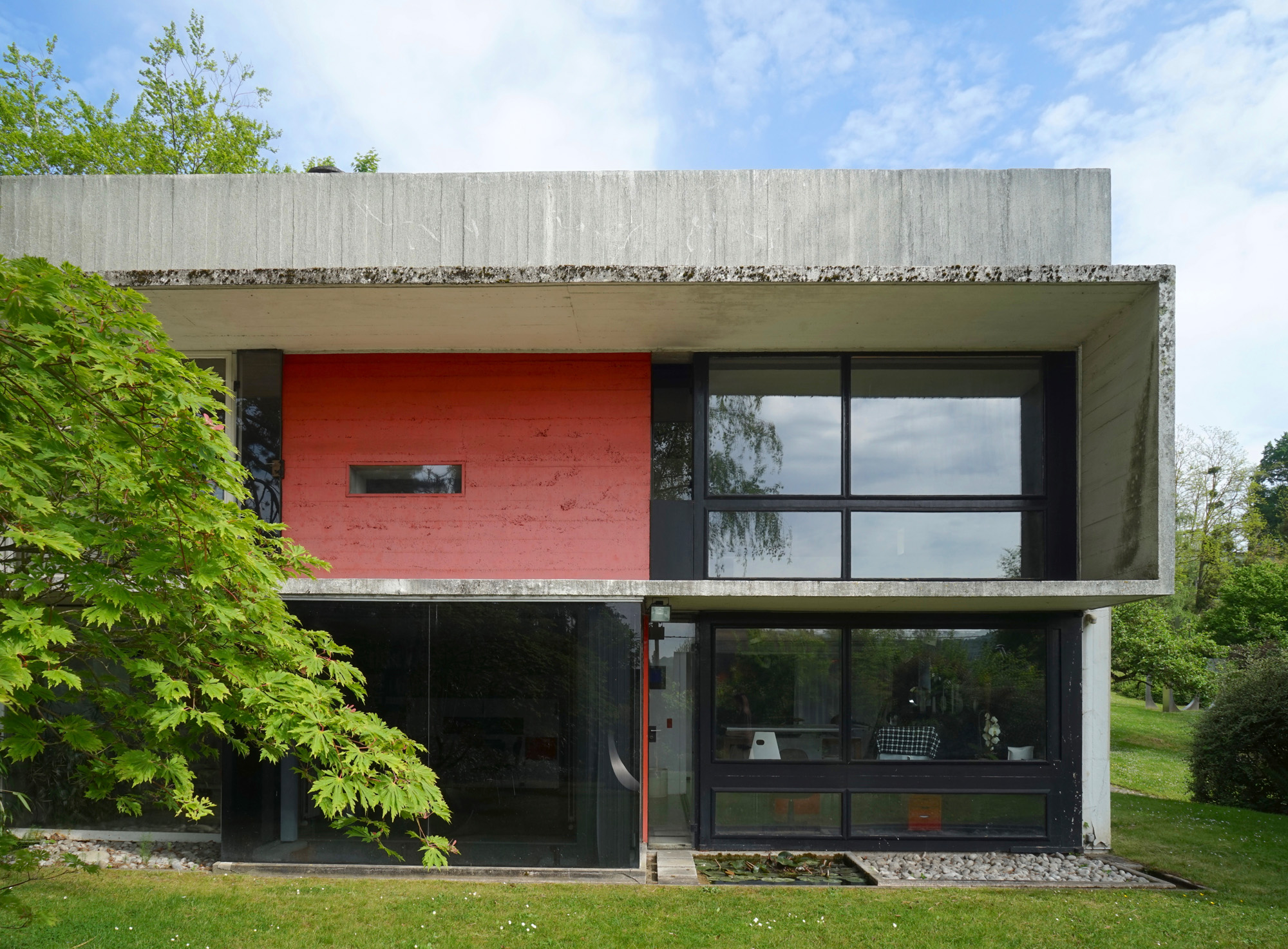 Marta Pan and André Wogenscky's legacy is alive through their modernist home in France
Marta Pan and André Wogenscky's legacy is alive through their modernist home in FranceFondation Marta Pan – André Wogenscky: how a creative couple’s sculptural masterpiece in France keeps its authors’ legacy alive
By Adam Štěch
-
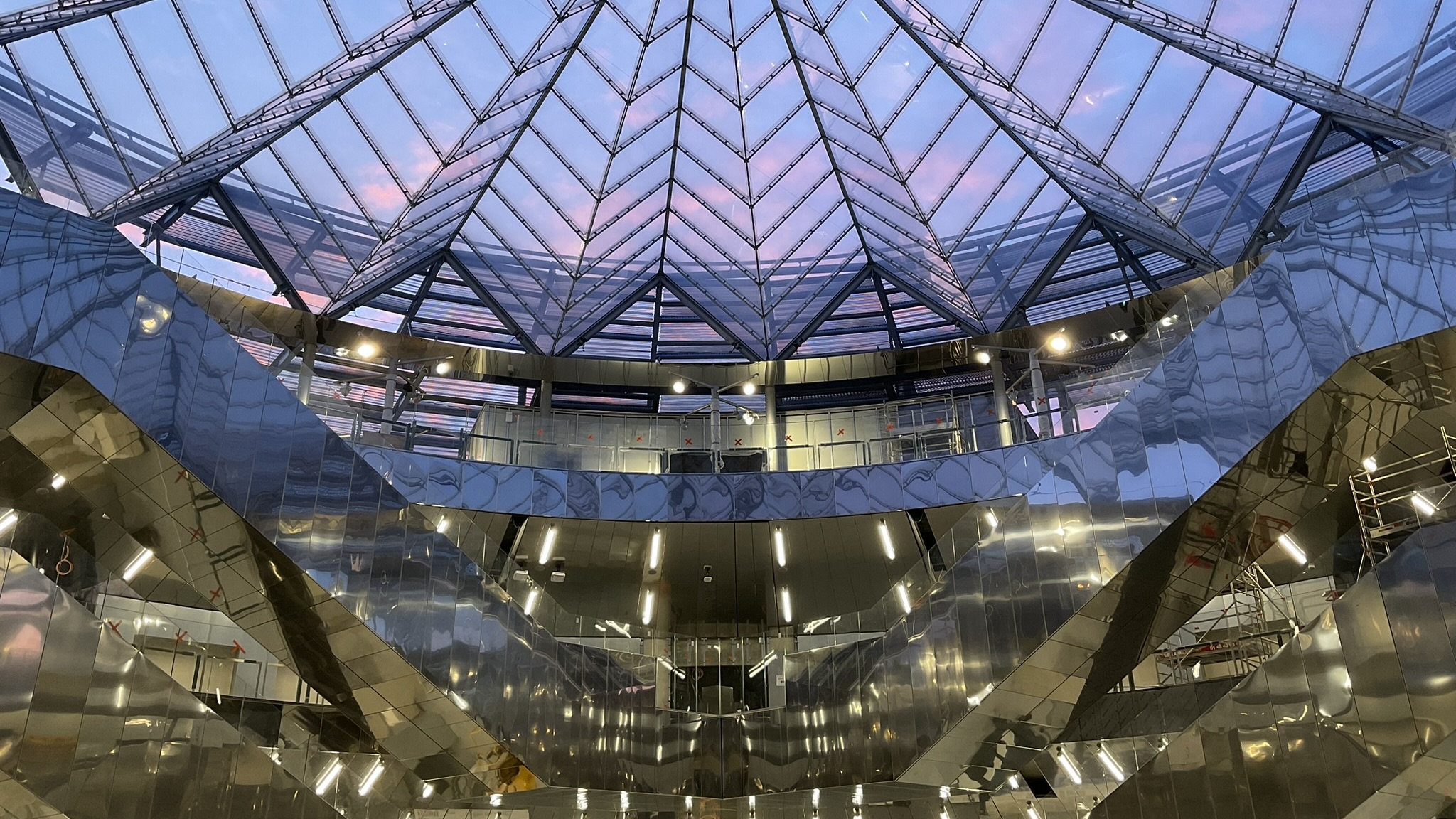 Paris’ architecturally fascinating Villejuif-Gustave Roussy metro station is now open
Paris’ architecturally fascinating Villejuif-Gustave Roussy metro station is now openVillejuif-Gustave Roussy is part of the new Grand Paris Express, a transport network that will raise the architectural profile of the Paris suburbs
By Anna Solomon
-
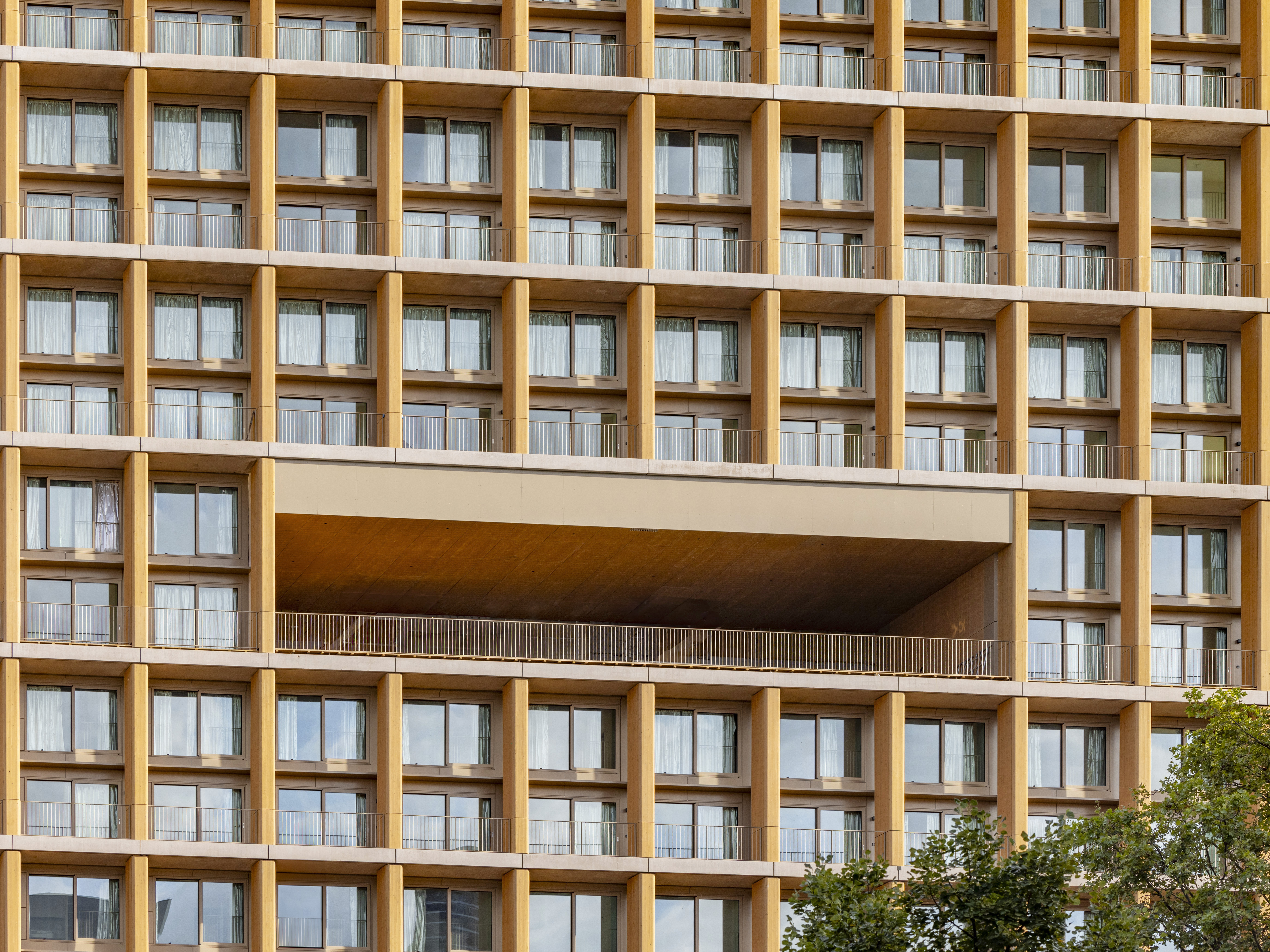 Explore wood architecture, Paris' new timber tower and how to make sustainable construction look ‘iconic’
Explore wood architecture, Paris' new timber tower and how to make sustainable construction look ‘iconic’A new timber tower brings wood architecture into sharp focus in Paris and highlights ways to craft buildings that are both sustainable and look great: we spoke to project architects LAN, and explore the genre through further examples
By Amy Serafin
-
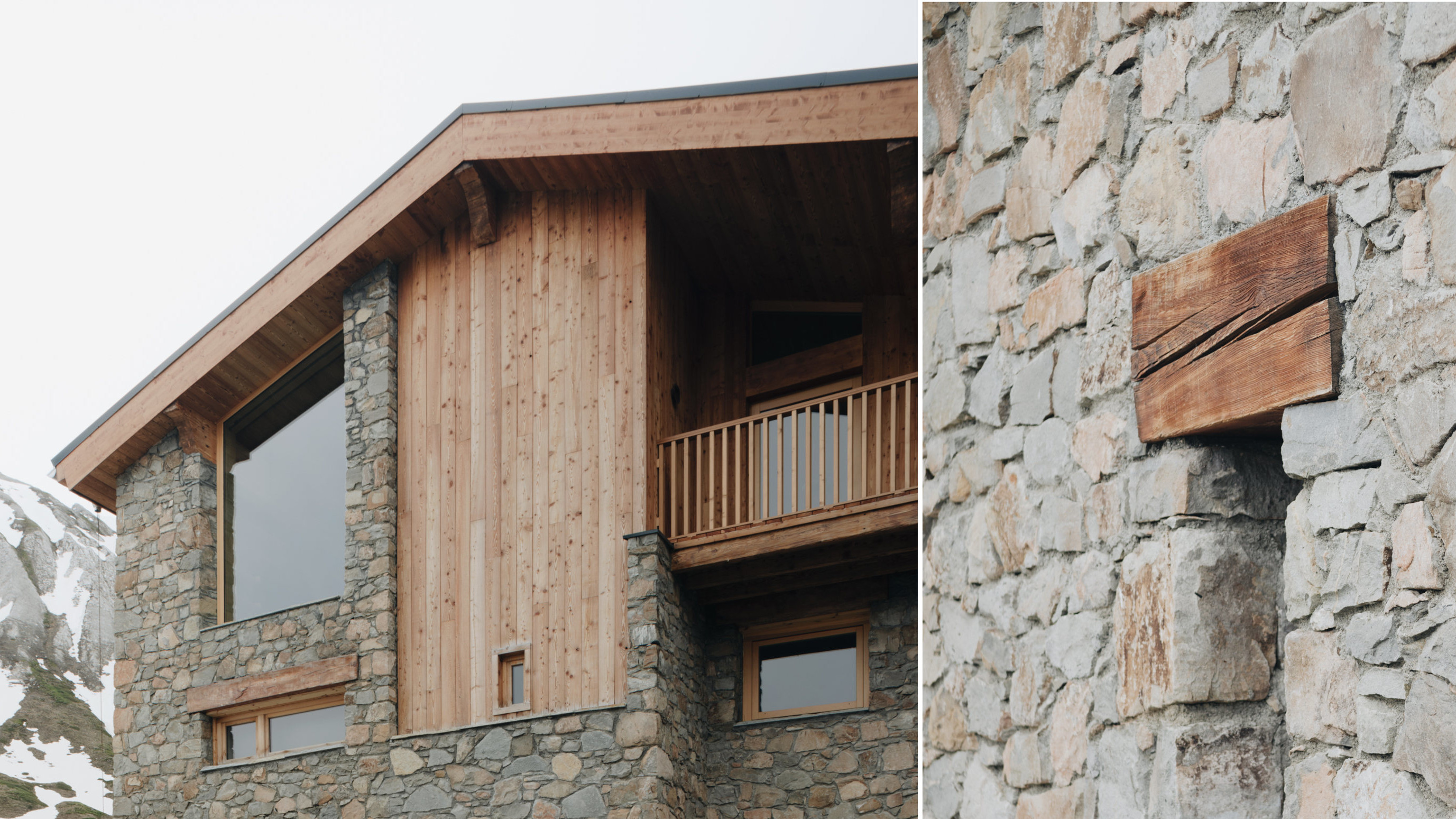 A transformed chalet by Studio Razavi redesigns an existing structure into a well-crafted Alpine retreat
A transformed chalet by Studio Razavi redesigns an existing structure into a well-crafted Alpine retreatThis overhauled chalet in the French Alps blends traditional forms with a highly bespoke interior
By Jonathan Bell
-
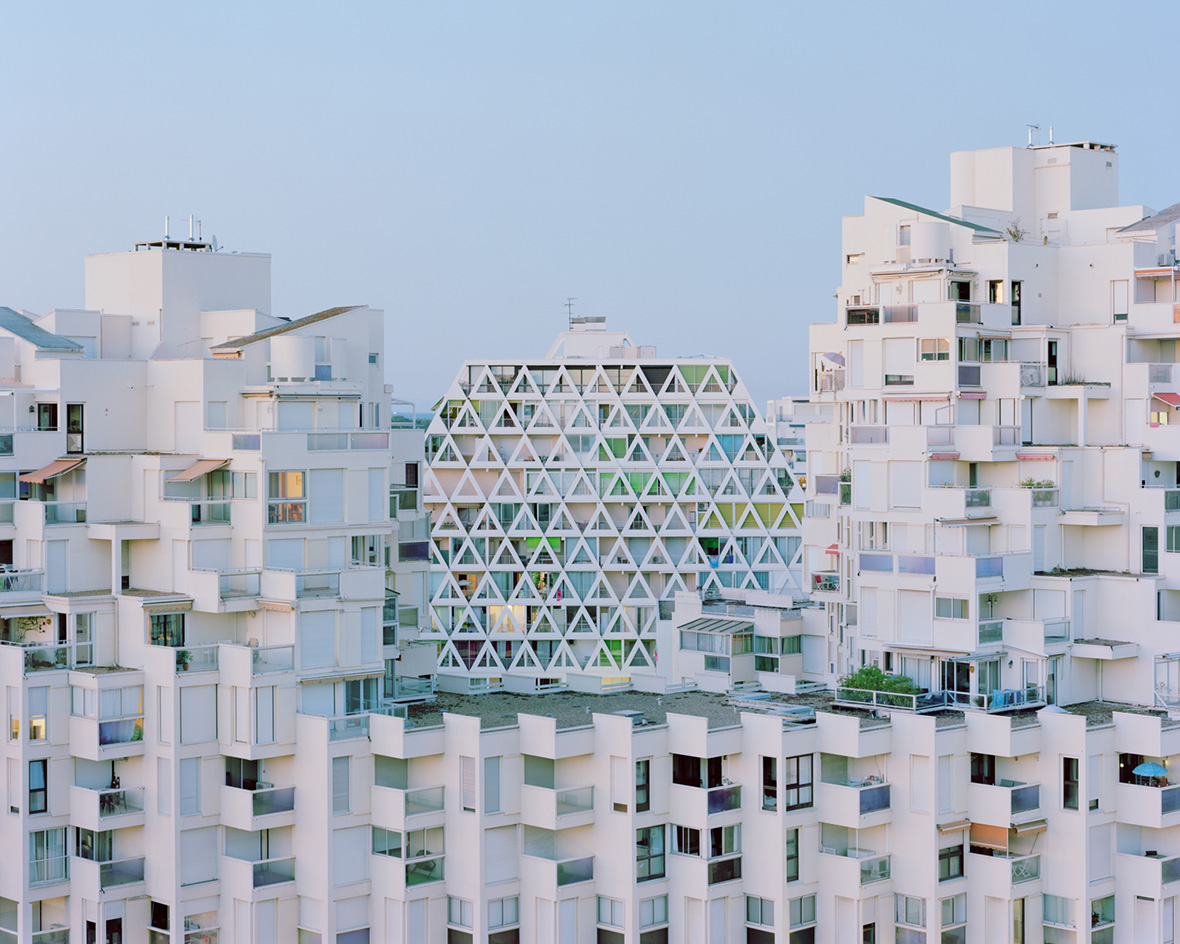 La Grande Motte: touring the 20th-century modernist dream of a French paradise resort
La Grande Motte: touring the 20th-century modernist dream of a French paradise resortLa Grande Motte and its utopian modernist dreams, as seen through the lens of photographers Laurent Kronental and Charly Broyez, who spectacularly captured the 20th-century resort community in the south of France
By Ellie Stathaki
-
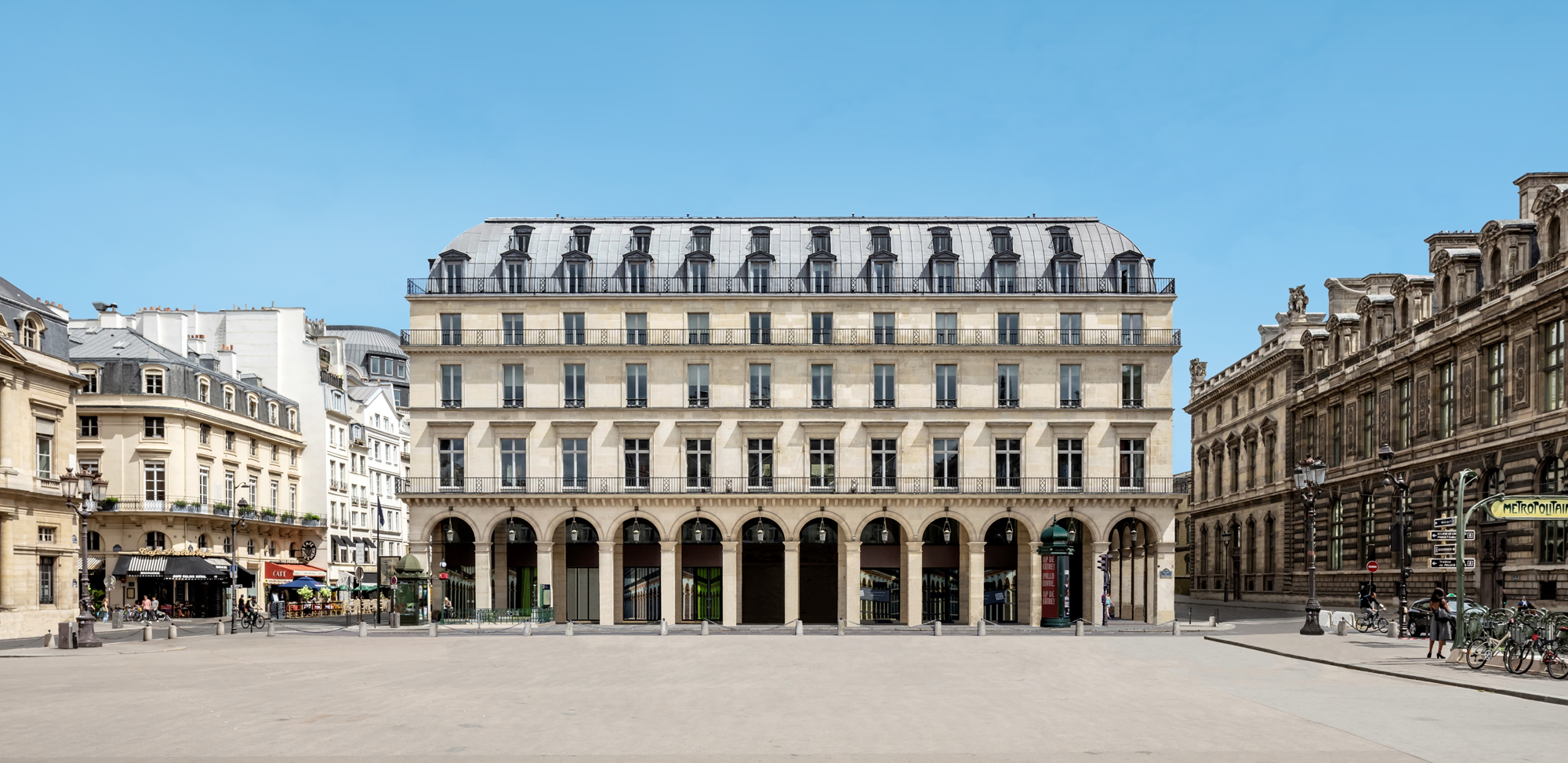 Fondation Cartier pour l’art contemporain unveils plans for new Jean Nouvel building
Fondation Cartier pour l’art contemporain unveils plans for new Jean Nouvel buildingFondation Cartier pour l’art contemporain has plans for a new building in Paris, working with architect Jean Nouvel
By Ellie Stathaki
-
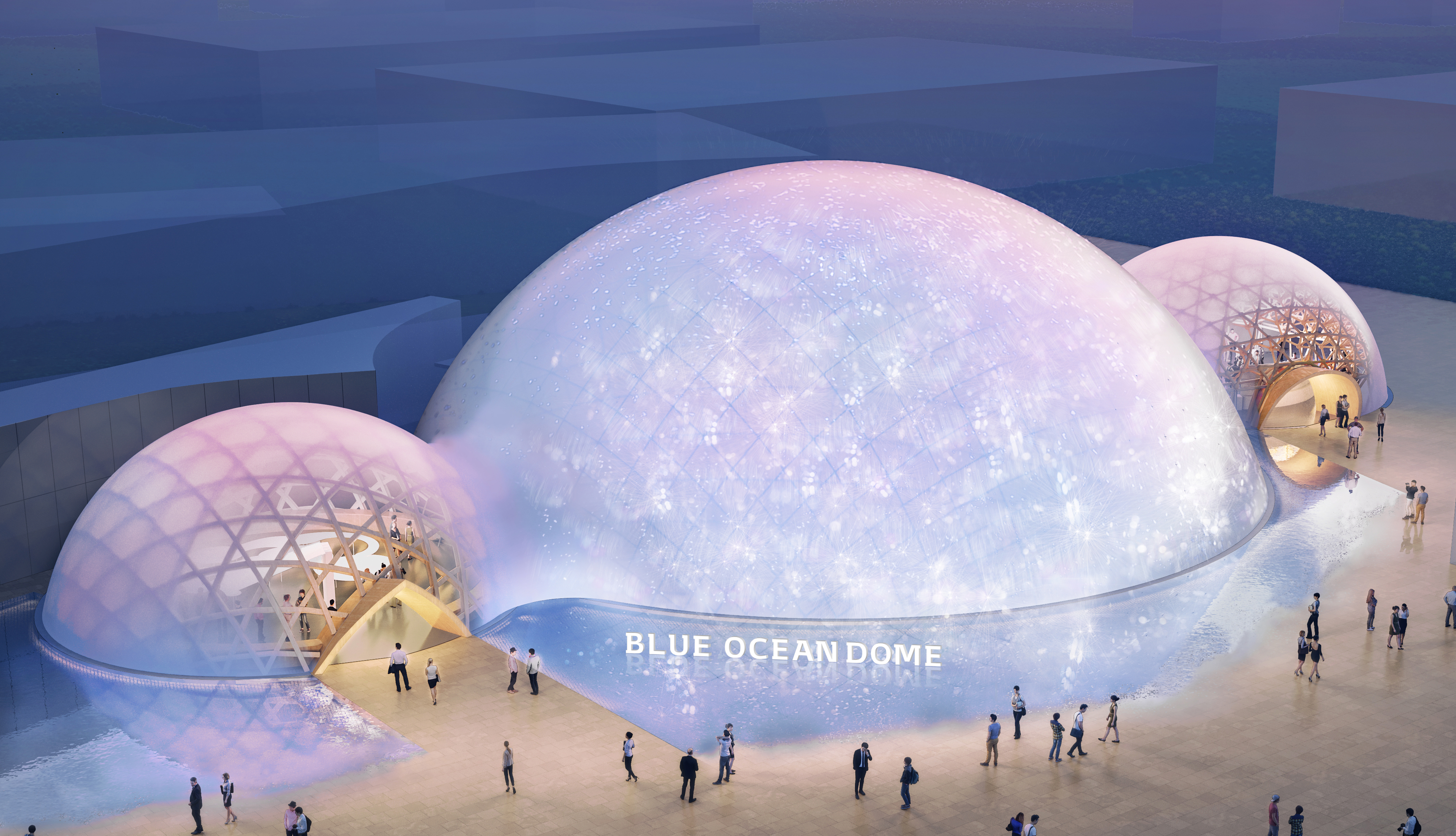 Shigeru Ban wins 2024 Praemium Imperiale Architecture Award
Shigeru Ban wins 2024 Praemium Imperiale Architecture AwardThe 2024 Praemium Imperiale Architecture Award goes to Japanese architect Shigeru Ban
By Ellie Stathaki